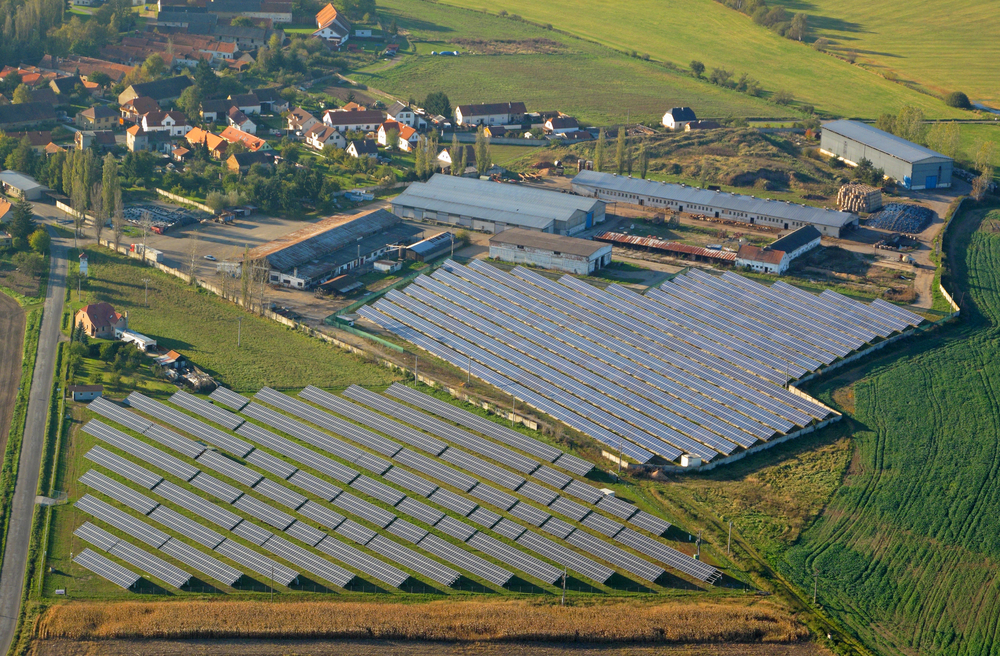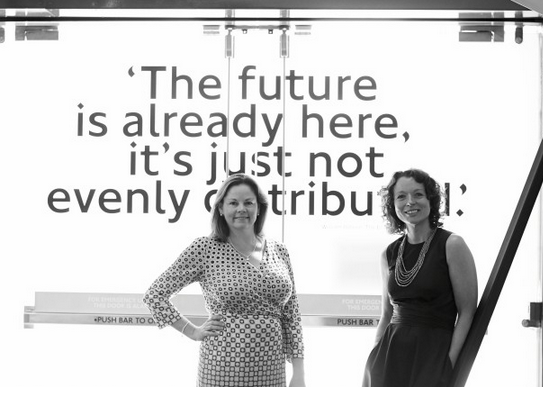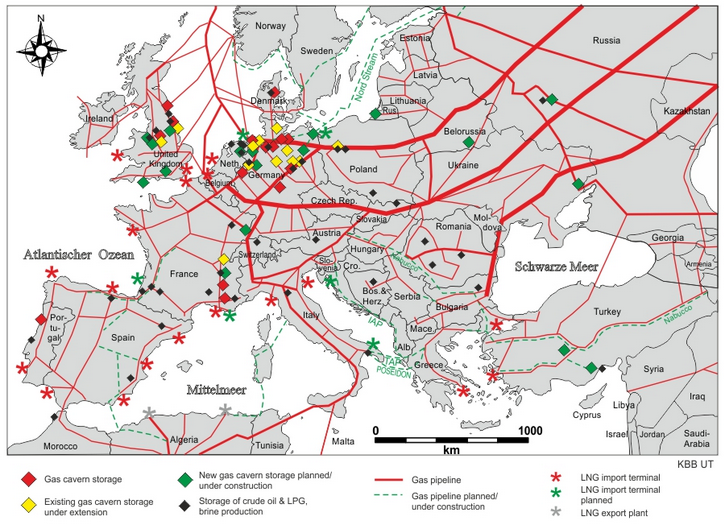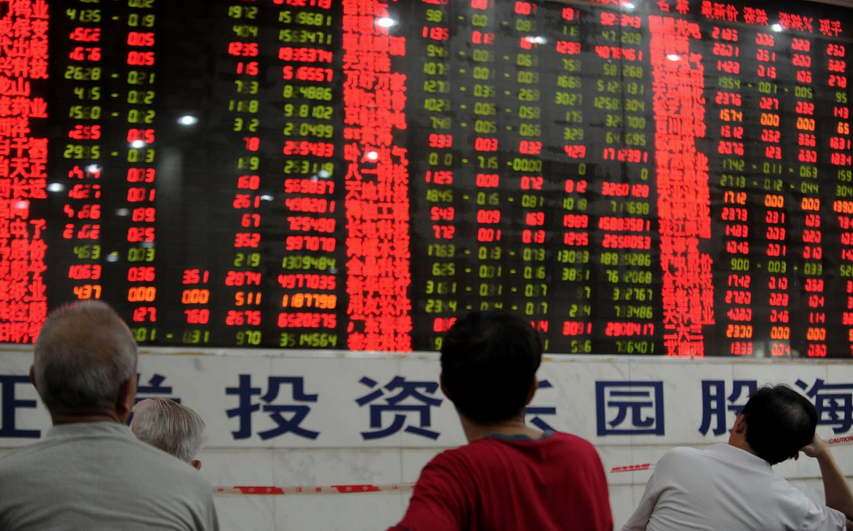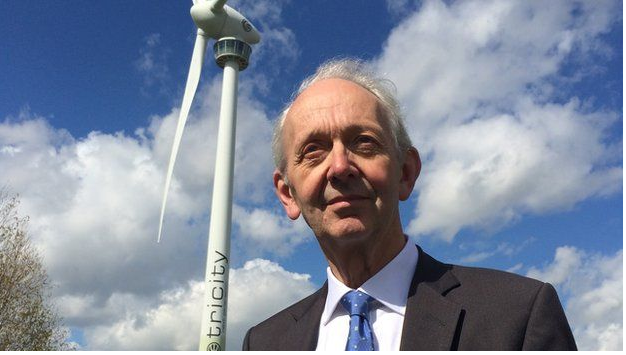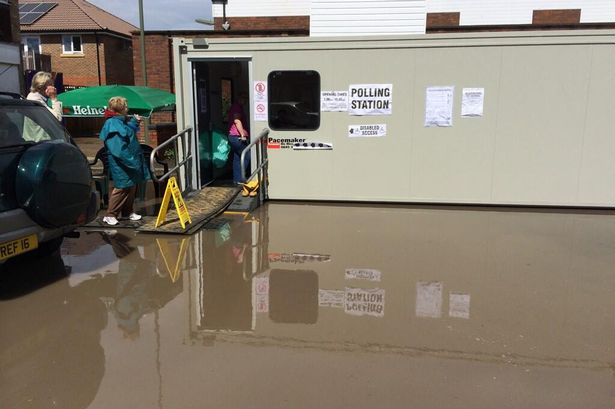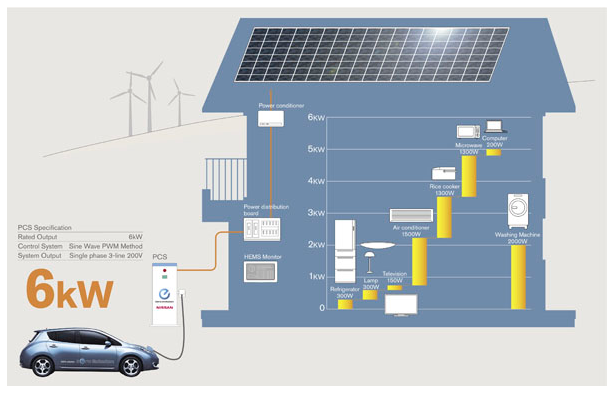UK power prices soar after key cable hit by blaze – BBC
A key electricity cable between Britain and France has been shut down, sending wholesale energy prices soaring. National Grid said a fire and planned maintenance at a site near Ashford in Kent means the cable will be totally offline until… Read More »UK power prices soar after key cable hit by blaze – BBC


